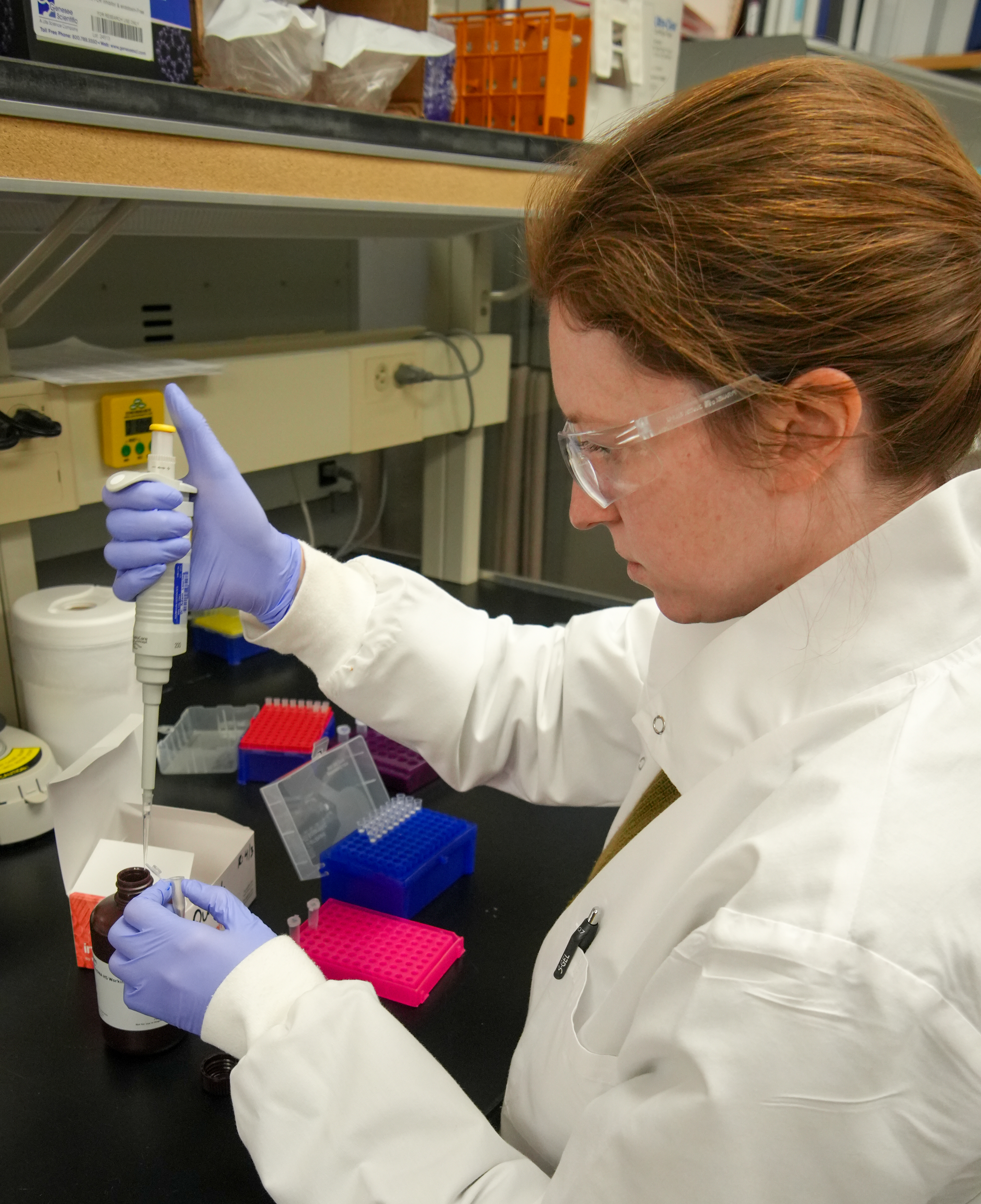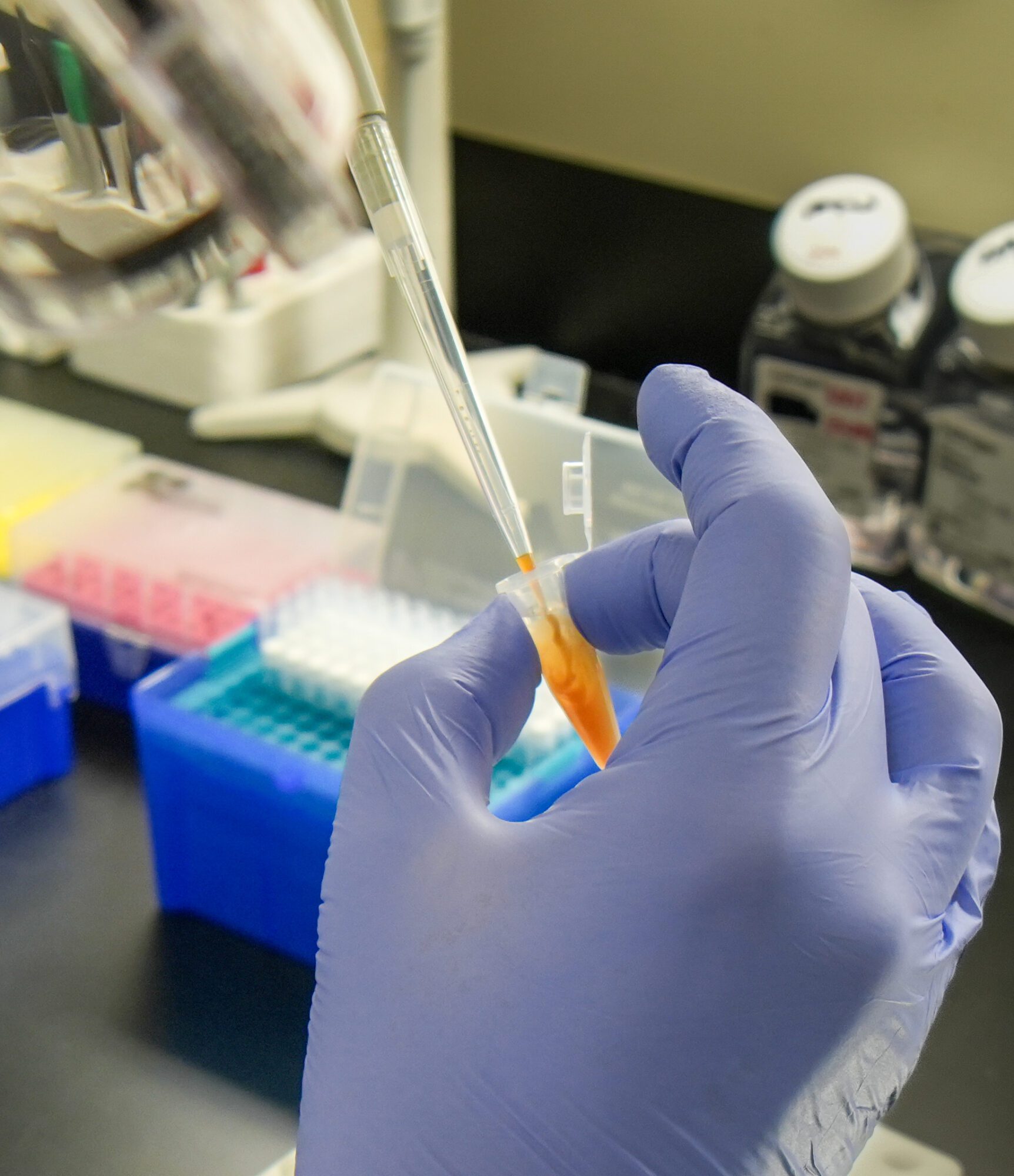Decades ago, violent weather would sweep across communities with little warning, leaving destruction in its wake. Families had insufficient time to evacuate before a hurricane or tsunami or find shelter from a tornado. Today, thanks to advanced warning forecasting, public alerts provide those in harm’s way with the precious time needed to act, saving countless lives.
Similarly, infectious disease can sweep through a community like an invisible storm. And like modern weather forecasting, viral tracking has become essential to offer early warnings of potential outbreaks.
This is where the critical work of researchers like Adam Lauring is essential. As a professor and chief of the Division of Infectious Diseases at the University of Michigan Medical School, Lauring leads a team that serves as one of the state’s first lines of defense against viral threats.

Lauring’s team performs most of the surveillance that tracks new respiratory viruses and strains in the state. The work is crucial for presenting communities with vaccination guidelines and other preventative measures, as well as ensuring sufficient vaccine coverage.
Lauring’s team also participates in national surveillance networks that evaluate vaccine effectiveness. The team’s efforts deliver the necessary data to government entities and decision-makers, informing public policy and providing timely alerts about impending outbreaks.


When a particularly virulent influenza strain sweeps through Michigan, timely public warnings alert parents that there is influenza in the community. With this information, they can quickly obtain a flu shot, potentially preventing severe complications or hospitalization. Such preventative measures could mean the difference between a rapid recovery and prolonged illness, or even death.
But this vital work has been challenged in recent months.
“The recent wave of communication disruptions, funding freezes and uncertainty impact our ability to provide data,” Lauring explained.
The stability and effectiveness of these national networks depend heavily on consistent government leadership and support – critical in the ongoing effort to keep pace with viruses capable of mutating once per day, said Lauring, a professor of microbiology and immunology, internal medicine and ecology and evolutionary biology.
“Through years of support, we’ve built a surveillance network that keeps communities ahead of viral threats,” Lauring said. “Currently, we’re tracking influenza viruses across the state of Michigan. We are looking to collaborate to track influenza in wild animals and in the state’s poultry and dairy farms. This information will guide timely health measures, protecting families now and in the future. Just as weather forecasts prepare us for storms, sustained investment keeps the lights on for public health, ensuring no one is left in the dark.”
